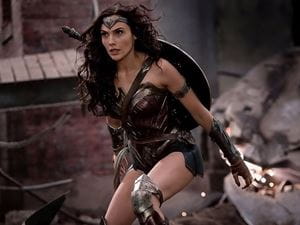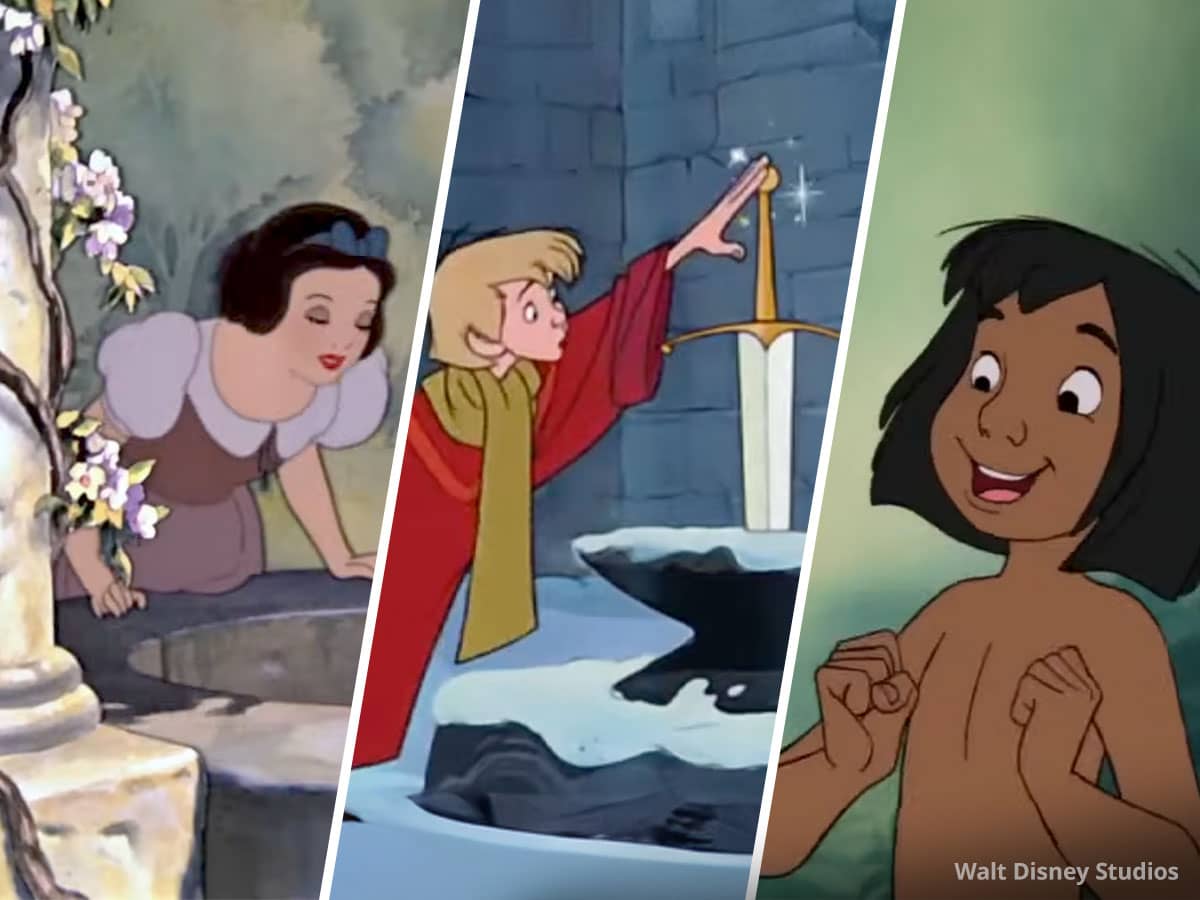
Have a look at the recent spate of superhero films, and you’ll notice a trend. The leads of each film—figures like Thor, Superman, Captain America, Star-Lord, Doctor Strange, and more—have one thing in common.
They’re all men.
But soon to disrupt the status quo is Gal Gadot’s epic superhero film, Wonder Woman, which stands to put an Amazonian fist through superhero gender barriers.
David Gabriel, senior vice president of print, sales, and marketing at Marvel Comics, created an uproar when he implied that the addition of female characters may have led to a recent decline in sales.
“What we heard was that people didn’t want any more diversity,” said Gabriel, in a 2017 interview with iCv2, after being asked about a massive fourth-quarter drop in the company’s 2016 sales. “They didn’t want female characters out there. That’s what we heard, whether we believe that or not.”
On the surface, this trend seems to cross over to the world of superhero films, with movies like 2004’s Catwoman, and 2005’s Elektra going on to bomb at the box office, scaring producers away from female-led superhero films.
When we delve below that surface, though, and take a look at these two films, it wasn’t the female leads that drove audiences away. In fact, the numbers show that female-led movies tend to have a larger return-on-investment than movies with male leads.
The problem here? Elektra and Catwoman were just terrible films. We can’t place the blame on the gender of lead actresses, Jennifer Garner and Halle Berry. Instead, that blame falls squarely on the heads of the directors and writers of these two stinkers.
In reality, audiences are clamoring for quality female representation in the superhero genre, and are ready to buy tickets—for a variety of reasons. Gadot, in an interview with CinemaBlend, talks about why the release of Wonder Woman is so important.
“Being a mother with a 3 and a half year old daughter, it's really important for me that, it's really important for me to show her, oh my God, it's really important for me to show her that women are great and women can follow their dreams and do what they feel like doing, and I'm very happy that I have the opportunity to show the strong, the strongest and the more empowered side of women, and I hope women are going to love it.”
Some scoff at words like “representation” and “diversity,” but this is largely due to a misunderstanding—this isn’t about displacing men or placing womankind on a pedestal. It’s about showing women and girls that they have greater potential than being relegated to a secondary role—that they’re human beings with the potential for greatness.
The art we consume shapes us. When audiences grow up watching movies in which men are given larger roles, more dominant positions, and more dialogue, these situations begin to feel normal. And when this is normalized in film, it’s normalized in culture.
And in the superhero genre, it’s going to take a high-quality, female-led film to begin the process of undoing this, of challenging conventional wisdom and societal norms that place women subtly behind men in almost every walk of life.
That’s why we need Wonder Woman.
Wonder Woman was originally conceived by psychologist William Moulton Marston, who, after the horrors of World War II, felt that women might make superior leaders who could usher in an age of peace. Her home island of Themyscira, therefore, was portrayed as a utopia.
The original conception of Wonder Woman was an individual who rejected the idea that life was all about finding a husband and starting a family. She was more than her powers—she was just as emotionally strong as she was physically powerful.
Over the years, Wonder Woman’s character evolved, taking the focus off of female superiority and onto the idea that she, as a woman, is simply every bit as capable as male characters like Superman and Batman.
And now, in the trailer for Wonder Woman, we see actor Chris Pine’s World War I-era aircraft crash upon the shores of Themyscira. When Wonder Woman—whose name is Diana Prince—nurses Pine’s character back to health, he tells her about the events of WWI, and she decides to leave her home island in order to stop the horrors of the war.
As the trailer continues, it quickly becomes apparent that Diana is at the forefront here, saving the life of Pine’s character multiple times as they work together. What remains to be seen, however, is the depth with which she will be portrayed, what, exactly, she is fighting for, and how good her film is going to be.
A lot is riding on the release of Wonder Woman. If the film proves a success, it will be the first domino knocked over—one that could set off a chain reaction of female-led superhero films, bolstering upcoming projects like Captain Marvel. We may even find ourselves with a Black Widow film—something Marvel fans have been requesting for years.
It shouldn’t be strange to see a woman—or a minority character, for that matter—in a lead role. The very fact that there are large outpourings of outrage over films like Mad Max: Fury Road, that star female leads in traditionally male-dominated genres speaks of problematic societal norms.
The truth is this: no matter who takes the lead in the films we love, it should feel normal. It shouldn’t be political. It shouldn’t be a statement. It should just be a matter of placing a great actor in a great role.
When this starts to happen—when our art begins to reflect who we truly are as a society—we’ll have taken a step toward eliminating some of the biases we hold up as “common sense.”
So here’s hoping that Wonder Woman succeeds, and succeeds spectacular. Not only will it give DC a much-needed boost in ratings, but it will set a precedent that producers and movie studios cannot ignore.

